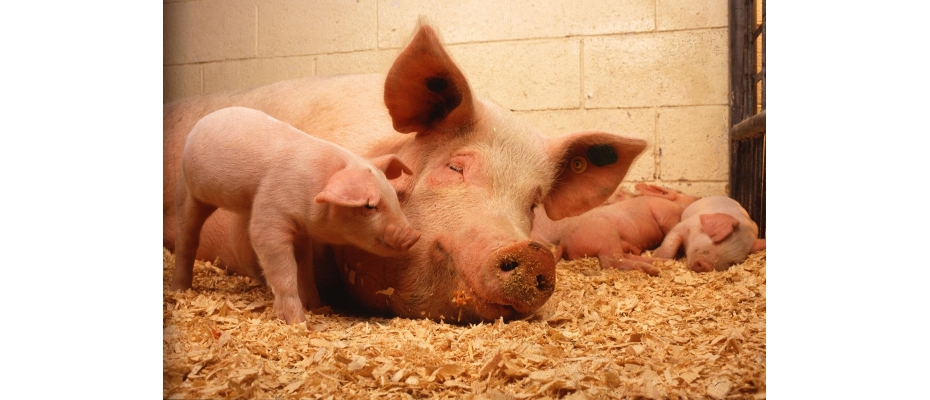
Barcelona, 26 January, 2023.- The IRTA-CReSA group led by Dr. Fernando Rodríguez and Dr. Jordi Argilaguet has developed a vaccine prototype against the African swine fever (ASF), based on a live attenuated virus, the BA71ΔCD2. The study has been published recently in Plos Pathogens. This recombinant virus differs from others generated by other laboratories in its ability to not only protect pigs against infection with the homologous virulent strain, but also to provide cross-protection against lethal infection with strains of other genotypes, including the virulent pandemic virus.
In the study, intranasal inoculation of BA71ΔCD2 has proven to be much safer than intramuscular inoculation (most used route of administration), maintaining its high efficacy in a dose-dependent manner against lethal infection by contact with pigs infected with pandemic ASFV.
The study also characterizes the cellular immunological mechanisms associated with protection. So far, several studies had shown that certain cells play a role in protection. However, the main immunological components and functional mechanisms associated with this protection remained unknown. Collaboration with Dr. Anna Esteve-Codina's Functional Genomics team of the Centro Nacional de Análisis Genómico (CNAG-CRG), provided transcriptomic studies both at the population level (bulk RNAseq of blood cells) and individual cells (single cell RNAseq of submandibular lymph node cells) that allowed to characterize the immune response induced by the vaccine. For this purpose, cells from vaccinated and unvaccinated pigs were stimulated in vitro with ASF virus in order to characterize the vaccine-specific response induced by a second encounter with the virus. The results showed that the vaccine induces on the one hand, cells that produce the cytokines IFNG and TNF; and, on the other hand, cytotoxic cells with the capacity to kill infected cells. The study also showed that, along with this adaptive immune memory response, an IFNG-dependent macrophage-mediated inflammatory response is activated, probably mediated by the vaccine-induced Th1 cells. Although the relative role in protection of each of these immunological components has not yet been evaluated, these results represent an important advance in the understanding of ASF immunity.
Overall, the study represents a breakthrough in two important aspects of ASF research. On the one hand, it demonstrates that intranasal vaccination with live attenuated BA71ΔCD2 virus is safe, immunogenic, and effective against a lethal challenge similar to those occurring in affected farms. While efficacy and safety studies required for registration are ongoing, it should be recalled that it is the only experimental vaccine that has demonstrated efficacy against the two genotypes currently circulating in Asia and Europe. On the other hand, the detailed characterization of the immune response associated with protection opens the door to further studies focused on identifying the immunological components that correlate with protection, a crucial unresolved issue. This knowledge would not only allow the evaluation of vaccine candidates without the need to infect animals but is also of great importance for the rational development of future vaccines.
Source: http://www.cresa.cat/blogs/sociedad/
Work of reference










